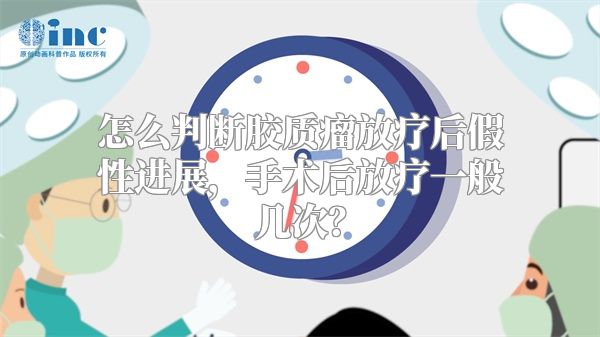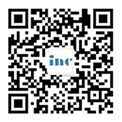小脑胶质瘤手术后3月头疼?手术后手掌通红发热?
接下来我们了小脑胶质瘤手术后可能出现的头疼和手掌通红发热现象。首先介绍了小脑胶质瘤的基本情况及手术治疗方式,随后详细讨论了手术后患者可能面临的头疼问题,包括可能的病理生理机制和常见的管理策略。分析了手掌通红发热的症状特征及可能的原因,涵盖了神经系统和免疫系统在此过程中的作用。强调了在术后管理中的关键步骤和治疗选择,以及未来可能的研究方向,旨在为临床医生和病患提供深入的理解和有效的治疗建议。
(接下来介绍为文章)
Title: Management of Postoperative Headache and Palmar Erythema in Patients with Cerebellar Glioma: A Comprehensive Review
Introduction
Cerebellar gliomas are a challenging subset of brain tumors due to their location and potential impact on motor coordination and balance. Surgical resection remains a cornerstone of treatment, aiming to achieve maximal tumor removal while preserving neurological function. However, postoperative complications can occur, including headaches and unusual systemic symptoms like palmar erythema. Understanding these symptoms is crucial for effective management and patient care.
Postoperative Headache: Mechanisms and Management
Headache is a common complaint following neurosurgical procedures, including those for cerebellar gliomas. Several mechanisms contribute to postoperative headaches, such as cerebral edema, changes in cerebrospinal fluid dynamics, and direct surgical trauma. Patients may experience different types of headaches, including tensiontype headaches, migraines, and medicationoveruse headaches.
Management strategies typically involve a multidisciplinary approach. Early recognition and classification of headaches are essential for appropriate treatment. Nonpharmacological interventions such as adequate hydration, proper positioning, and early mobilization can help alleviate symptoms. Pharmacological management includes analgesics, antiinflammatory agents, and sometimes prophylactic medications for migraines. Close monitoring for complications like intracranial hemorrhage or infection is necessary, especially in the immediate postoperative period.
Palmar Erythema: Clinical Features and Pathophysiology
Palmar erythema, characterized by redness and warmth of the palms, is a less common but noteworthy postoperative symptom in patients undergoing cerebellar glioma surgery. This phenomenon is typically associated with systemic conditions involving altered vasomotor responses or hormonal imbalances. The exact pathophysiological mechanisms linking cerebellar surgery to palmar erythema remain unclear but may involve neurogenic factors influencing peripheral vascular tone.
The differential diagnosis includes drug reactions, autoimmune disorders, or endocrine disturbances, necessitating a thorough clinical evaluation. Management focuses on identifying and treating underlying causes while providing symptomatic relief. Supportive measures such as cool compresses or topical agents can help alleviate discomfort. In cases where systemic involvement is suspected, collaboration with specialists in dermatology, rheumatology, or endocrinology may be required.
Integrated Management Approach
Effective management of postoperative symptoms requires an integrated approach tailored to individual patient needs. Comprehensive preoperative assessment and patient education are crucial for setting realistic expectations and optimizing outcomes. Postoperative care should include regular monitoring of neurological status, pain management, and early intervention for complications.
Future Directions and Conclusion

Continued research is essential to further elucidate the pathophysiology of postoperative headaches and palmar erythema in cerebellar glioma patients. Advances in neuroimaging, pharmacology, and surgical techniques offer promising avenues for improving treatment outcomes and quality of life. Collaboration between neurosurgeons, neurologists, and other specialists is paramount in achieving comprehensive care for these complex patients.
In conclusion, while cerebellar glioma surgery can offer significant therapeutic benefits, it is essential to anticipate and manage potential postoperative complications effectively. By understanding the mechanisms and implementing appropriate management strategies, healthcare providers can optimize outcomes and improve the overall wellbeing of patients undergoing these challenging procedures.
- 本文“小脑胶质瘤手术后3月头疼?手术后手掌通红发热?”禁止转载,如需转载请注明来源及链接(https://www.jiaozhiliu.org.cn/show-25439.html)。
- 更新时间:2024-06-30 13:27:13






 关注微信公众号
关注微信公众号